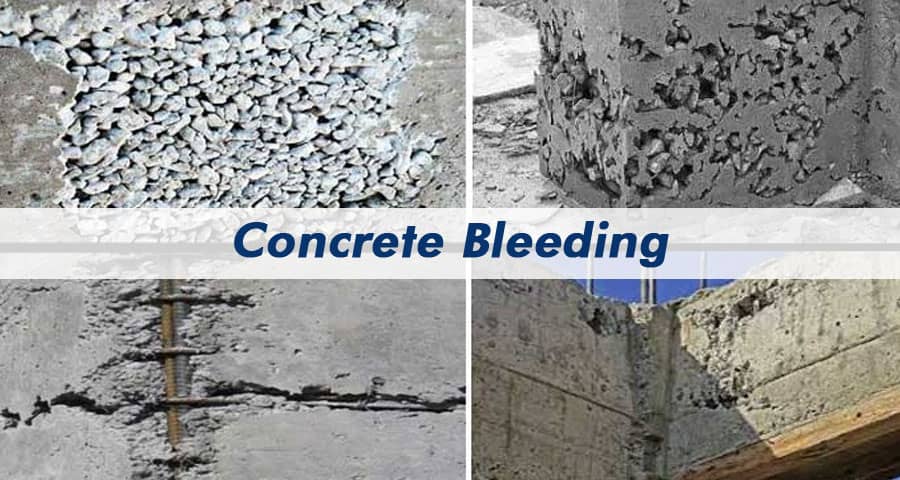Understanding Concrete Bleeding: Causes and Prevention Tips

Concrete bleeding is a common concern in construction projects that can lead to compromised structural integrity if not addressed effectively.
What is Concrete Bleeding?
Concrete bleeding occurs when excess water in the concrete mix rises to the surface during the settling process. This results in the formation of a layer of water on the top surface of the concrete, which can lead to various issues such as surface defects, weakened durability, and decreased aesthetic appeal.
Causes of Concrete Bleeding
- Water-Cement Ratio Imbalance: One of the primary causes of concrete bleeding is an imbalance in the water-cement ratio. When there is an excessive amount of water in the mix relative to cement, it creates a higher likelihood of bleeding. This imbalance can occur due to inaccurate measurement or improper mixing techniques.
- Inadequate Consolidation: Poor consolidation during the pouring and placement of concrete can also contribute to bleeding. Incomplete consolidation leads to segregation of the concrete components, allowing excess water to rise to the surface more easily.
- Ambient Conditions: Environmental factors such as high temperatures and low humidity levels can accelerate the evaporation of water from the concrete surface, exacerbating bleeding. Additionally, windy conditions can cause uneven distribution of water across the surface, leading to localized bleeding.
Prevention Tips
- Optimize Mix Design: Ensuring the proper proportion of water to cement in the concrete mix is crucial for preventing bleeding. Use a well-designed mix that maintains the optimal water-cement ratio to minimize the risk of excess water accumulation.
- Proper Consolidation Techniques: Employ effective consolidation techniques during concrete placement to eliminate voids and achieve uniform compaction. Vibrating the concrete thoroughly helps to remove trapped air and ensure a dense, homogeneous mixture that is less prone to bleeding.
- Control Ambient Conditions: Take measures to control ambient conditions at the construction site to mitigate the risk of bleeding. Provide adequate shade and use windbreakers to minimize exposure to direct sunlight and wind, which can accelerate water evaporation and surface drying.
- Use Air-Entraining Admixtures: Incorporating air-entraining admixtures into the concrete mix can improve workability and reduce the likelihood of bleeding. These admixtures create microscopic air bubbles in the concrete, enhancing its resistance to segregation and bleeding.
- Proper Finishing Techniques: Employ proper finishing techniques to minimize surface water accumulation and promote uniform drying. Avoid overworking the surface during finishing, as excessive troweling can push water to the surface and exacerbate bleeding.
- Early Curing: Initiate curing procedures as soon as possible after concrete placement to prevent rapid moisture loss and surface drying. Use curing compounds or moisture-retaining covers to maintain adequate moisture levels and minimize the risk of bleeding.
Conclusion
Concrete bleeding can pose significant challenges in construction projects, but with proactive measures and attention to detail, it can be effectively mitigated. By understanding the causes of bleeding and implementing appropriate prevention strategies, you can ensure the durability, integrity, and aesthetic quality of your concrete structures.
